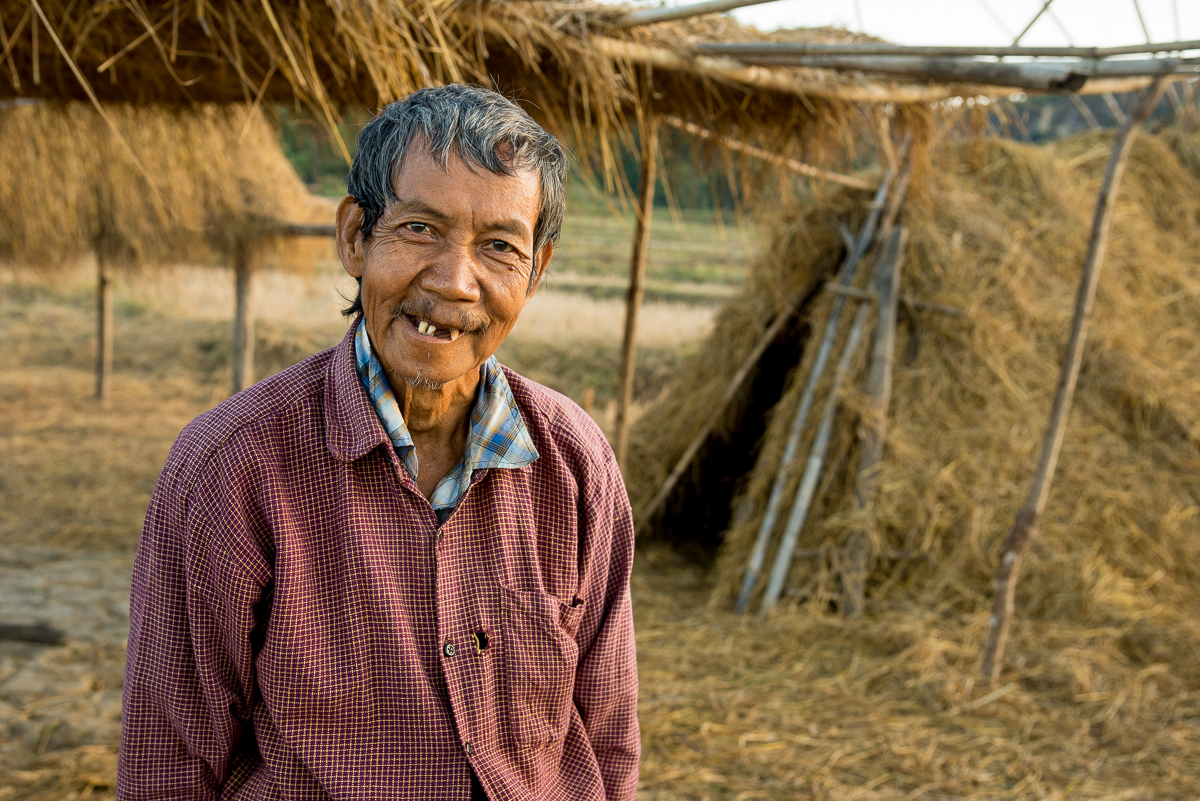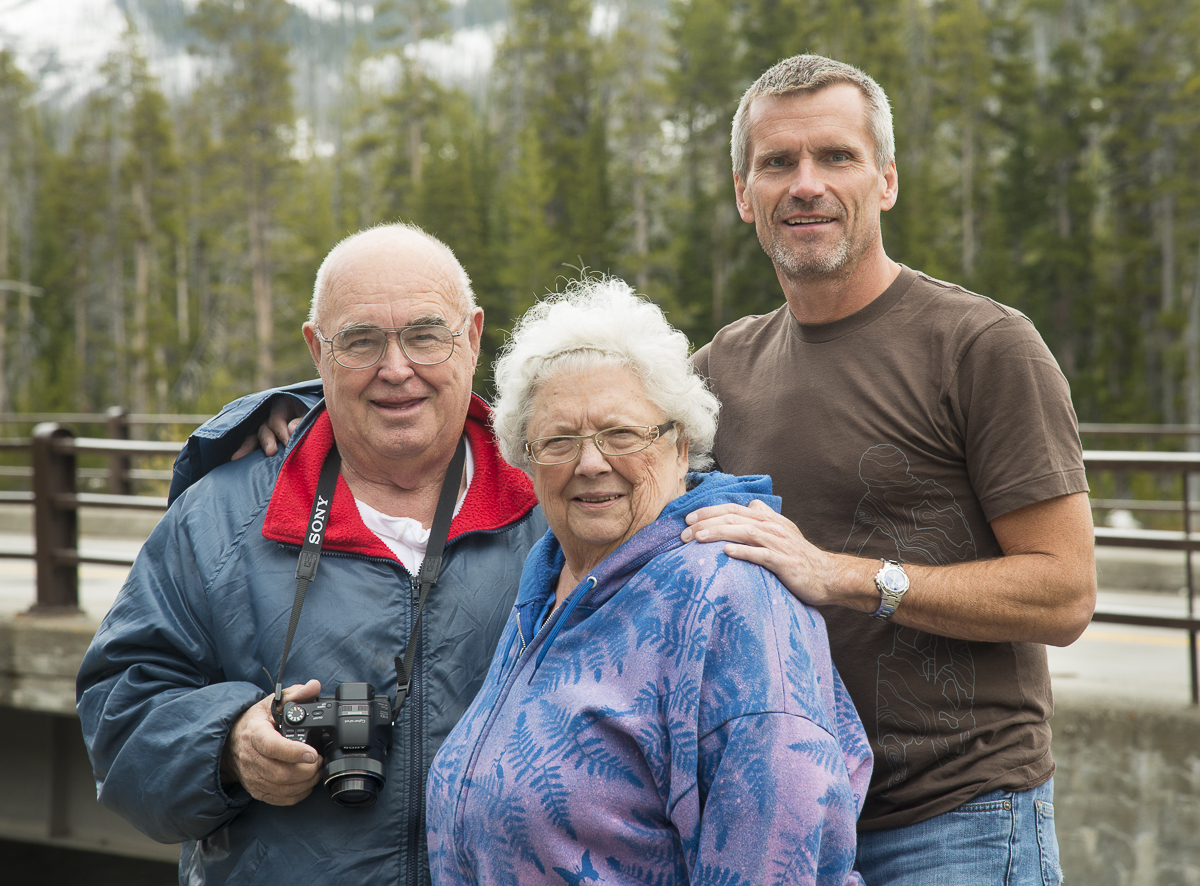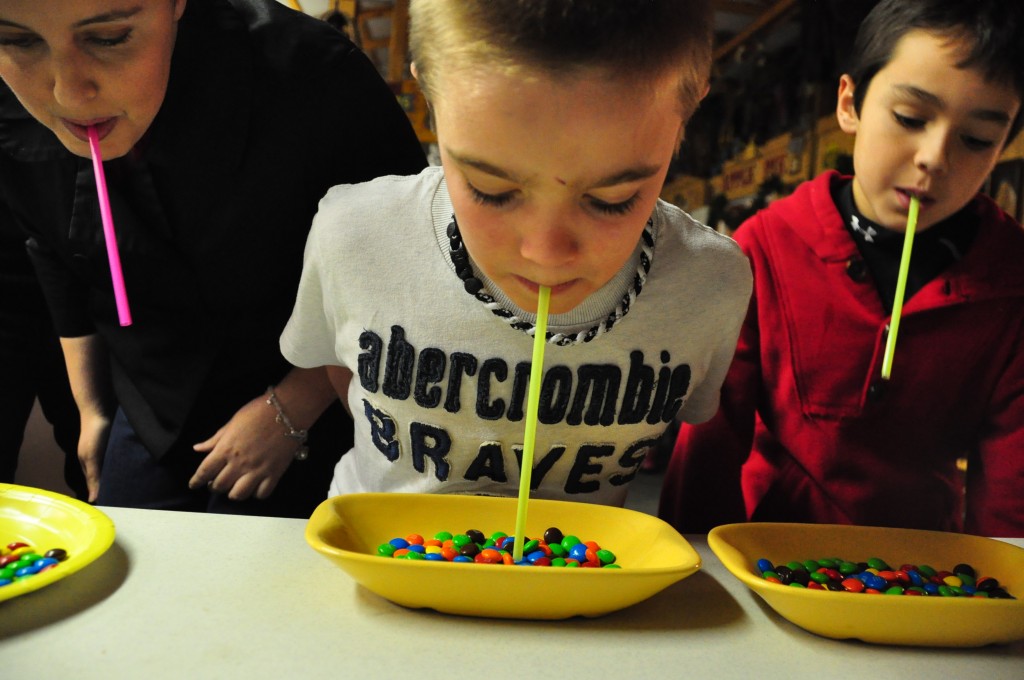2,000 people on 3 blocks of downtown Vian?!?! Downtown in December 2021 — a big event in a small Oklahoma hometown. Click the first image to scroll through full-screen images. All images may be downloaded.
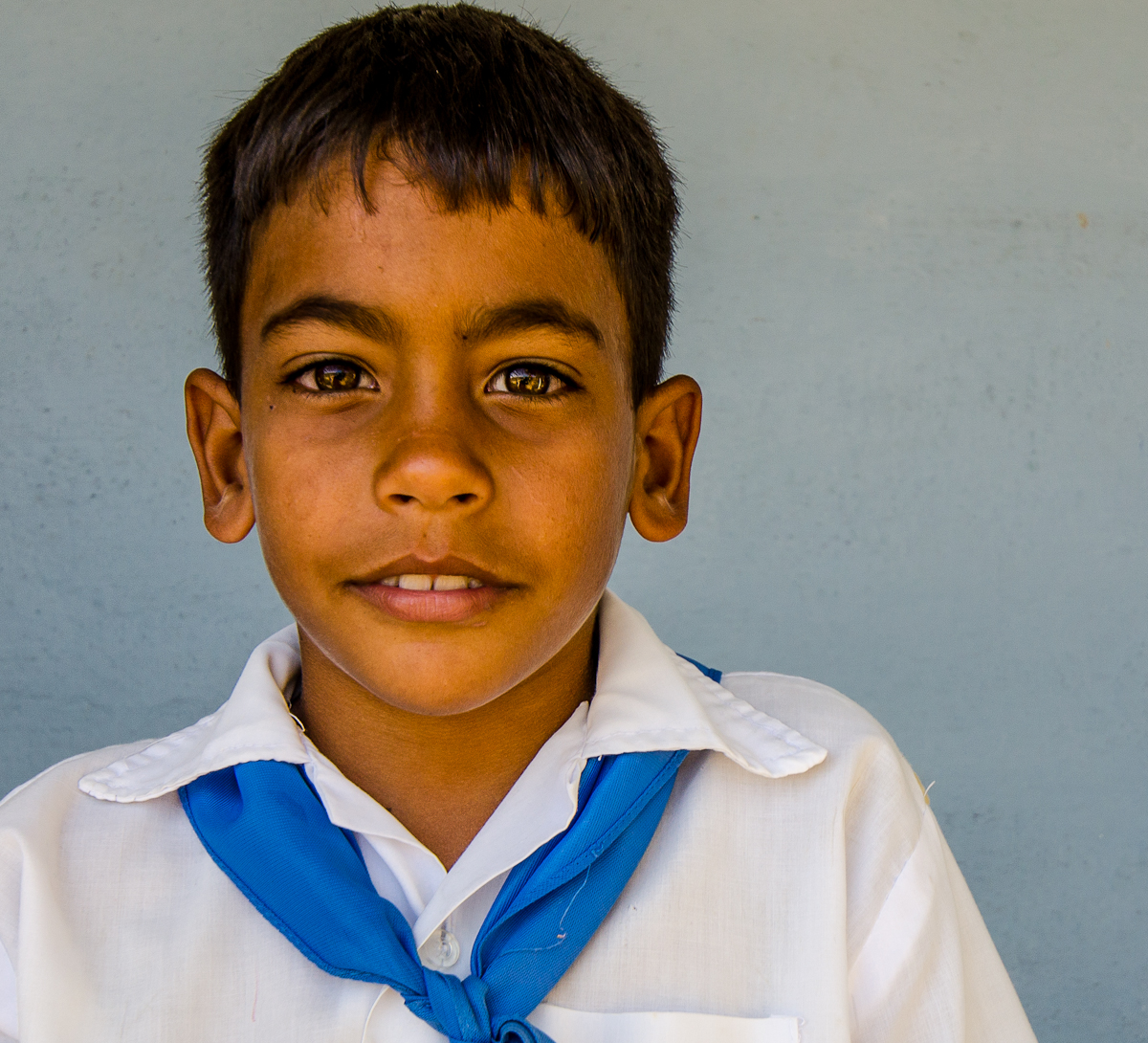
2,000 people on 3 blocks of downtown Vian?!?! Downtown in December 2021 — a big event in a small Oklahoma hometown. Click the first image to scroll through full-screen images. All images may be downloaded.
India’s westernmost state is home to 60 million people and a handful of endangered Asiatic Wild Ass. Gujarat is the birthplace of both Mahatma Gandhi and current Indian Prime Minister Modi. One morning I was at a massive flower market in Ahmedabad, set up on the edge of a busy highway. Across the street was a billboard of Modi posing with Donald and Melania Trump. I looked up from the flower market to see a couple of camel-drawn carts making their way through the rush hour traffic jam. A very ‘India’ sight. My visit to Gujarat wasn’t quite as fast-paced as my time in Kerala, so I had plenty of time to think about the important Hindu principle of Karma.
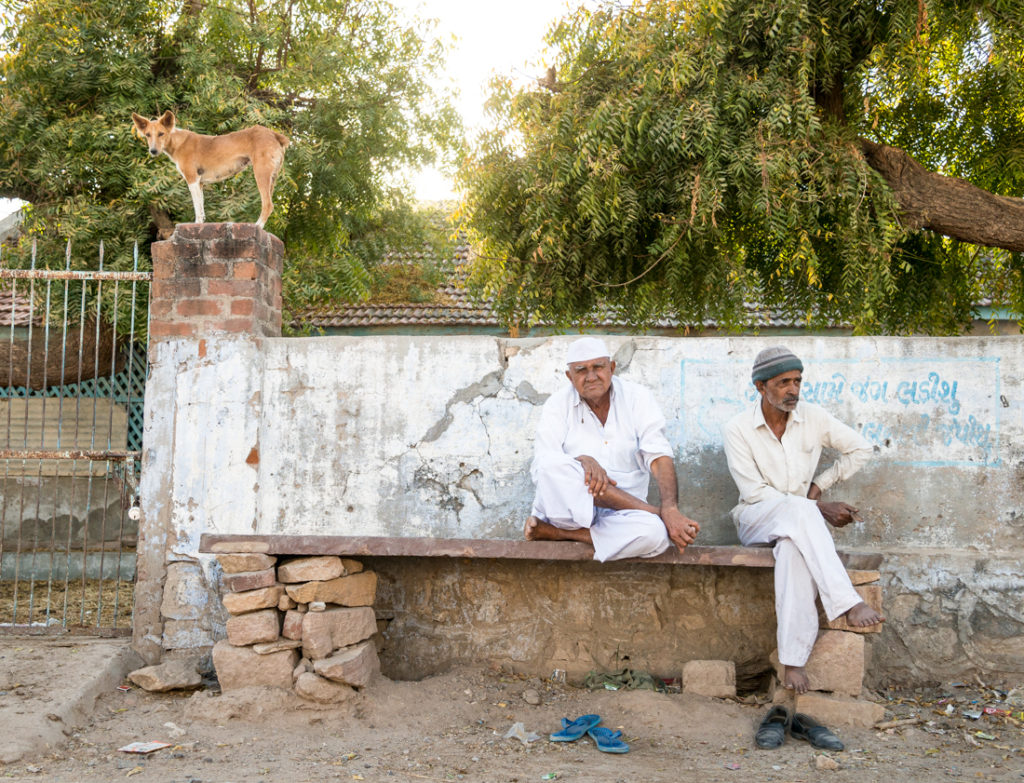
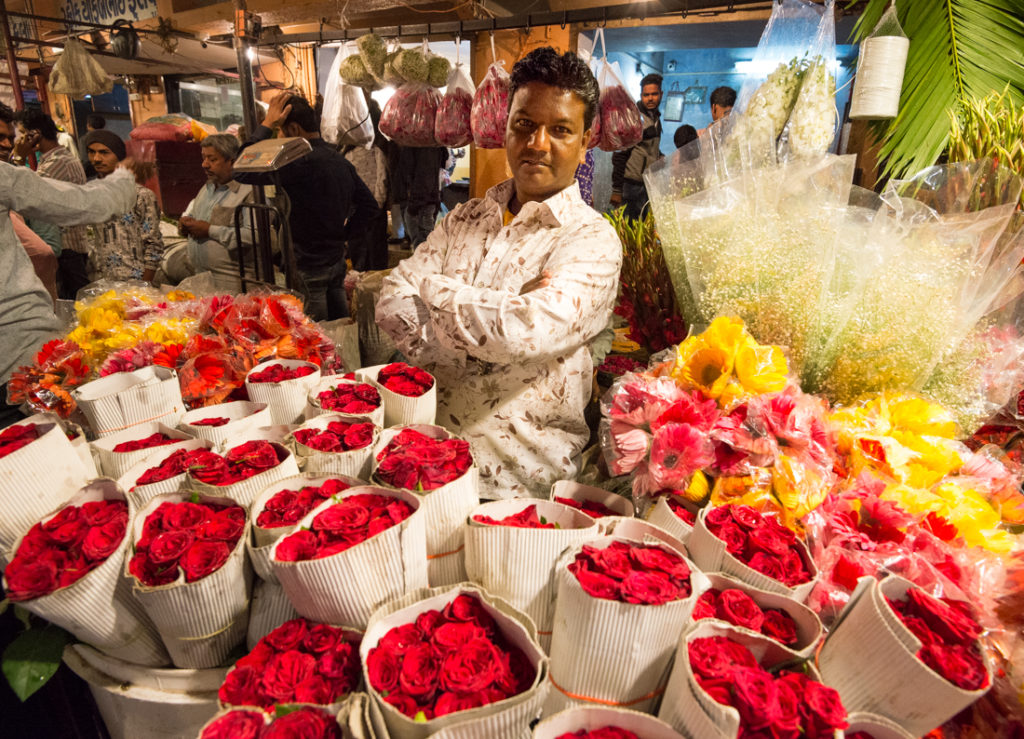
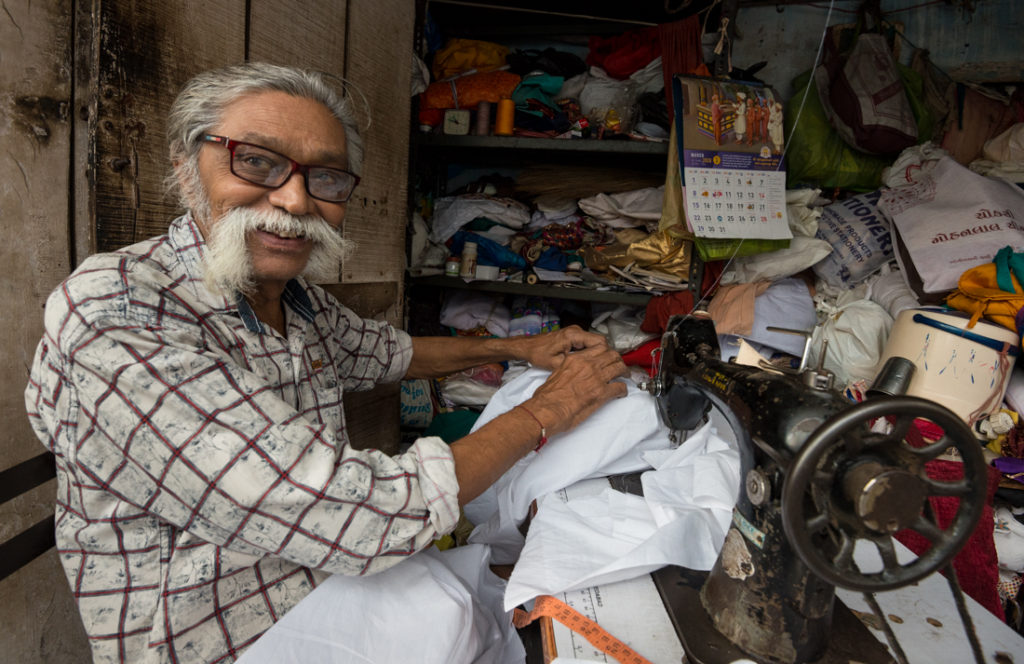
EVEN IF you don’t know much about Hinduism, you’ve probably heard of “karma.” Karma means that every action has a consequence. Your good deeds and hard work will eventually be rewarded. And your bad acts will somehow come back to haunt you. The universe will even things out.
We all know the phrase, “What goes around comes around.” That’s karma in a blunt nutshell. Lots of English-language sayings describe some sort of karma (mostly the “bad” side): Paybacks are hell. Chickens come home to roost. He got a taste of his own medicine. What’s good for the goose is good for the gander. If you live by the sword, you’ll die by the sword. You reap what you sow. She had that coming. That’s gonna bite you in the ass. An eye for an eye. Karma’s a bitch.
The word “karma” is Hindu but the concept is universal. Even the Golden Rule — arguably the most important moral principle for everyone from Jesus to Kant – is essentially a corollary of Karma: “Do unto others as you would have them do unto you.” It’s a nice way of saying you should “dish out” only what you’re ready to “take.”
Hindus don’t necessarily think the gods are purposely or actively trying to punish or reward you, though. Karma is like gravity or physics: an inevitable law of nature. Even Newton’s Third Law of Motion sounds oddly like karma: For every action, there is an equal and opposite reaction. Nothing personal.
Hindus believe in an immortal soul with multiple earthly reincarnations, and they believe that the effects of karma can stretch beyond your current life. A person can experience the consequences of his acts – good or bad karma – even in his next life. This means that if something bad happens to you, it may be because of something bad you did in a prior life. Other faiths (like Christianity) struggle to explain why bad things happen to good people — why a benevolent and all-powerful god allows innocent people to suffer from illness, injury, hunger, and handicaps. Hinduism solves that philosophical dilemma: the person may have bad karma carried over from a prior life. It may sound a little brutal to imagine karma chasing us down even after we die, but that’s not so different from many Christian and Muslim beliefs about heaven and hell: Your acts in this life will be rewarded or punished in a later one.
People who research American political philosophy find that liberals generally place greater focus than conservatives on equality and on “caring” (the prevention of suffering). Conservatives, on the other hand, tend to place more emphasis on loyalty and on “proportionality.” Proportionality here refers to a belief that outcomes and consequences should be “proportional” to actions and behaviors – that good behavior and hard work should be rewarded, while bad behavior may rightly be punished. Which, of course, sounds a lot like karma. These different moral principles all sound good, but things get interesting when the themes conflict with one another. An emphasis on equality or on the prevention of suffering will often conflict with the karma-like proportionality principle: If good behavior and hard work are rewarded and bad or lazy behavior is punished, people will no longer be “equal” and some will literally suffer from the consequences of their actions and decisions.
The Hindu belief in an inevitable karma that spans multiple lifetimes takes the concept of personal responsibility to its extreme. Your present condition is the product of your own past acts and decisions, in this life or in prior ones. You made yourself what you are. Whatever good fortune or bad luck you experience, you caused it yourself either in this or a prior life. This view partly underlies India’s traditional caste system. To the Hindus, wherever you find yourself in the socio-economic hierarchy of the caste system—even at the time of your birth – you caused that yourself. If you’re unhappy with your life, only you and karma are to blame — and karma doesn’t have a complaint department.
Maybe the belief in karma is why so many of the Indians I encountered seemed so pleasant, happy, and content. Whether or not you actually believe in karma, there’s a lot to be said for people who do: People who believe there’s no sense complaining about whatever life brings you. People who believe that the way to a better world is to be good, do good, and work hard. Those are folks you’d want to hang out with, even if they live halfway around the world.
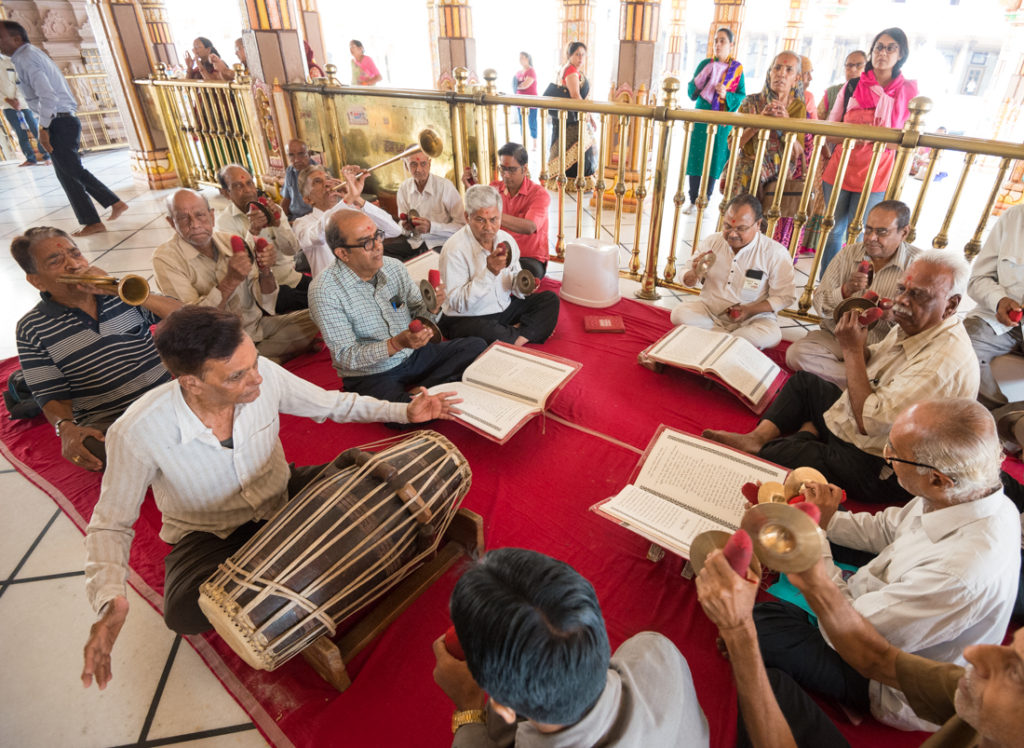
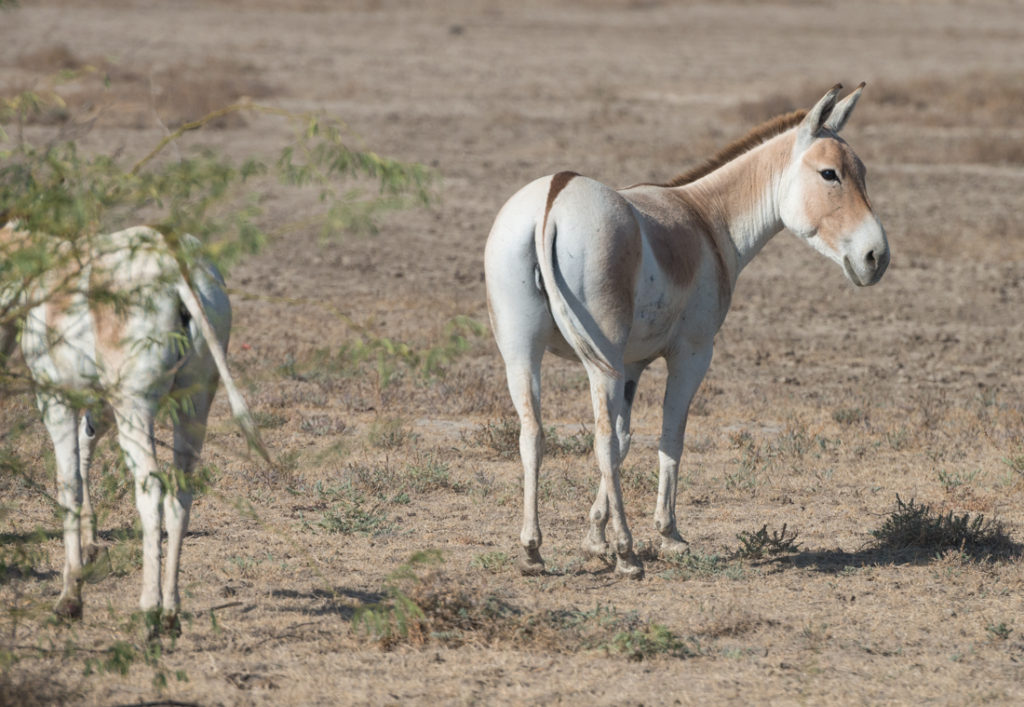
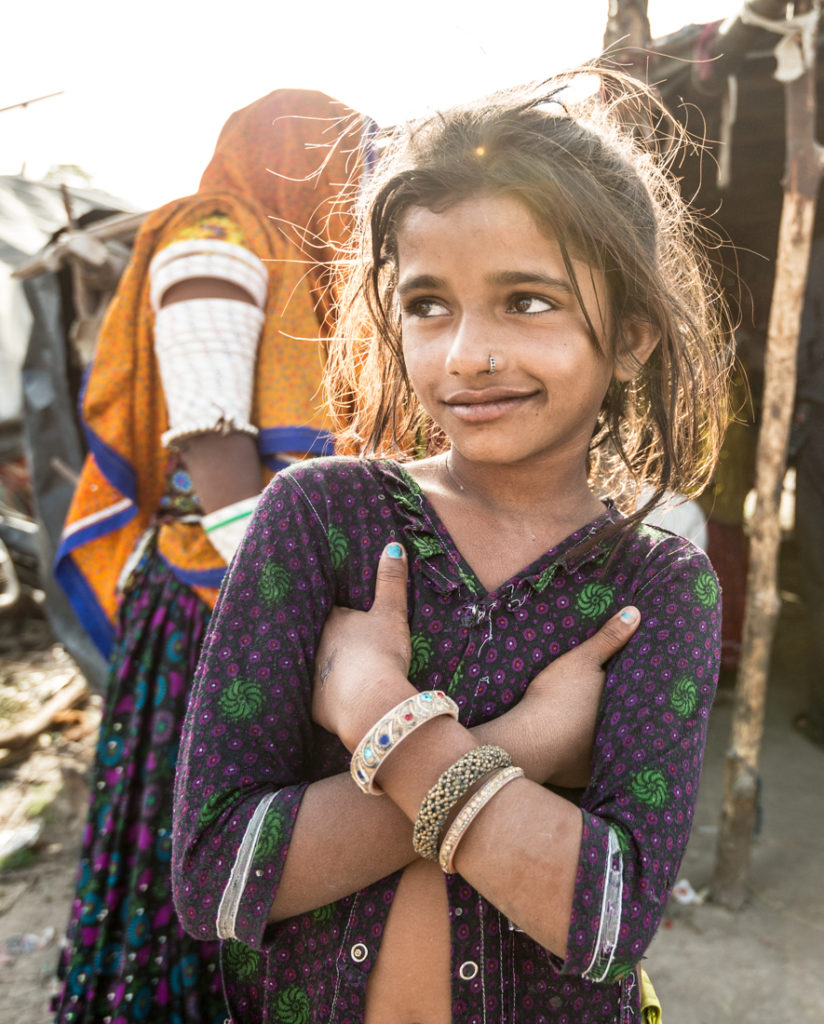
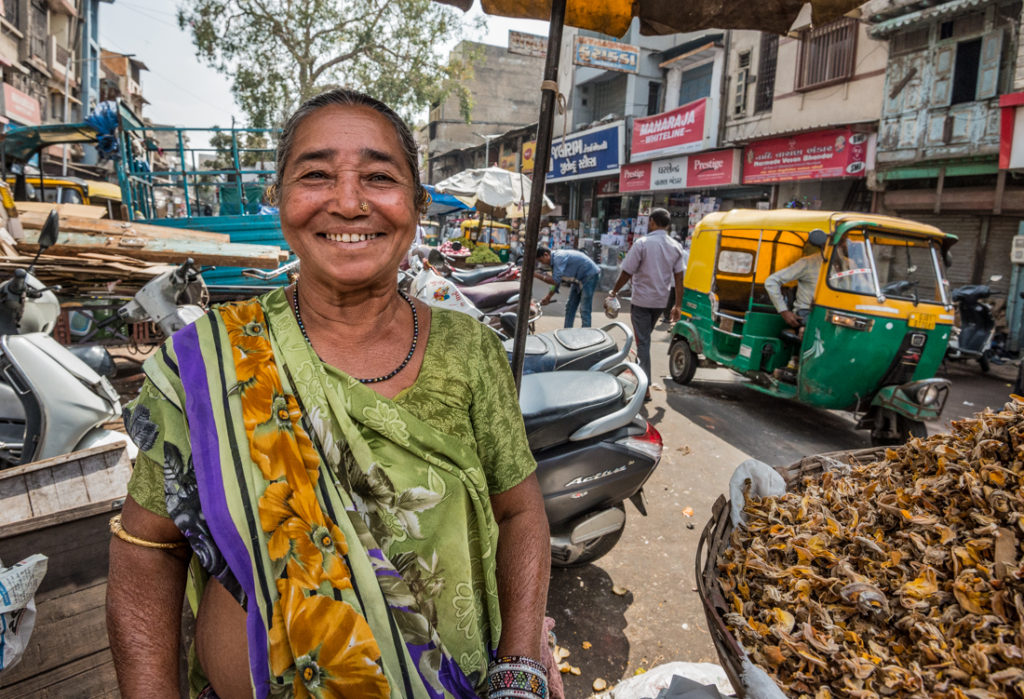
One of these two “step wells” near Ahmedabad was next to a Sun Temple. They’re religious sites but also functional: you walk down to the level of the water table and scoop out water.
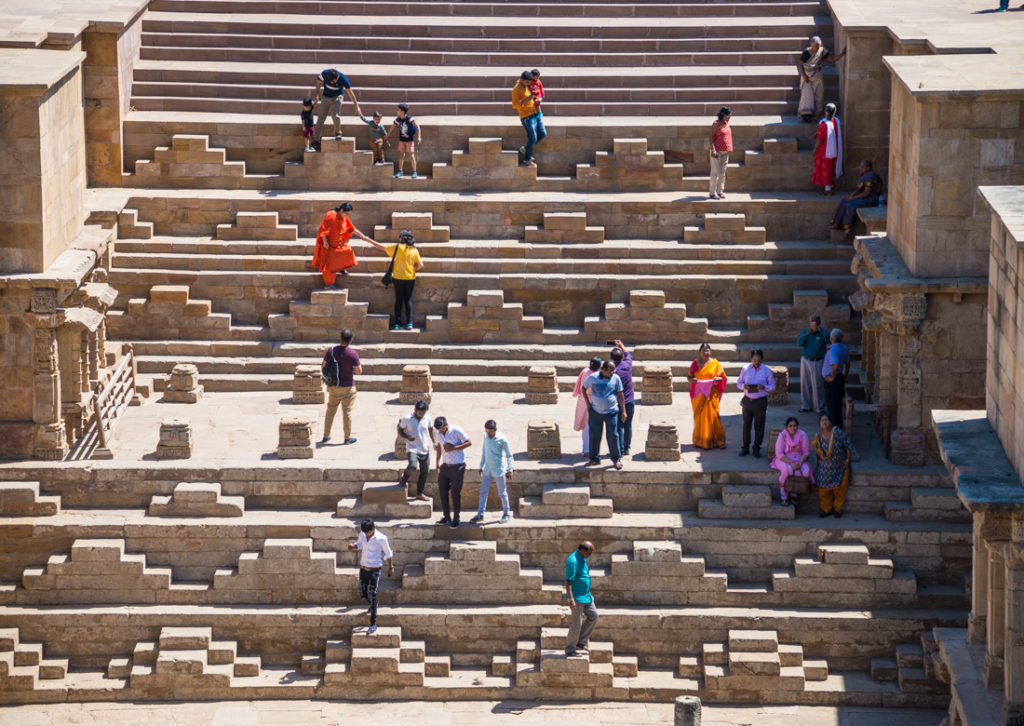
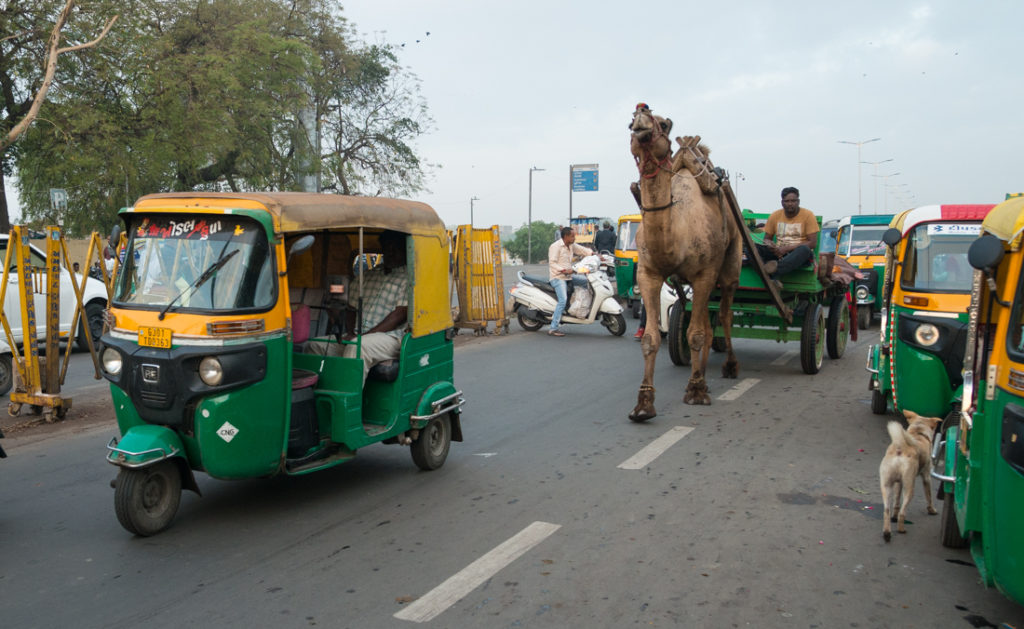
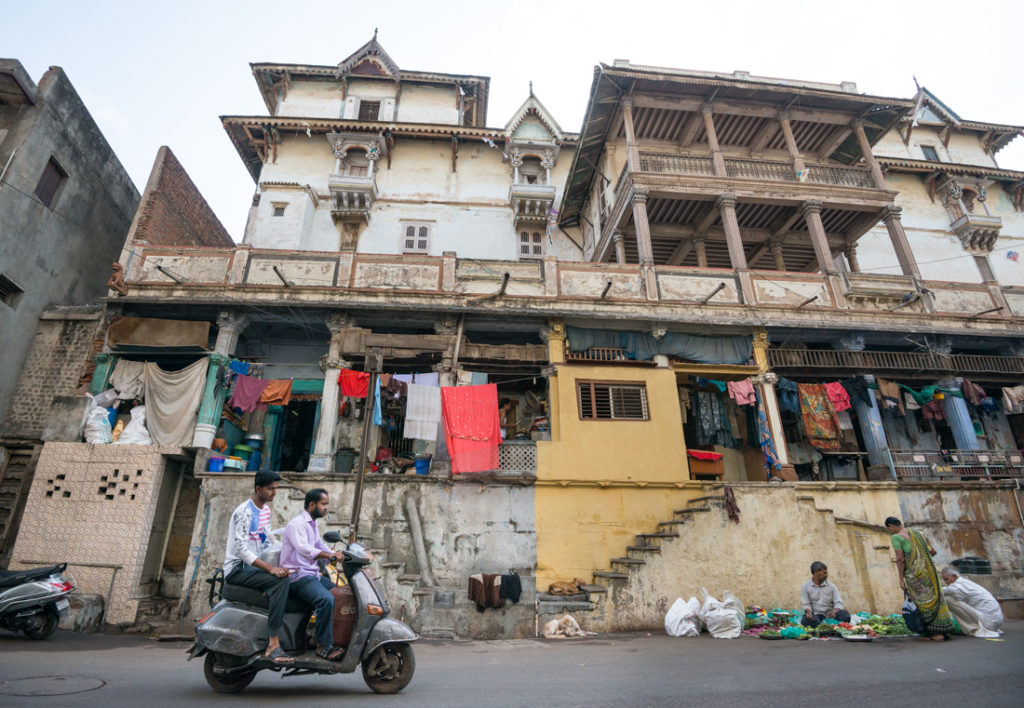
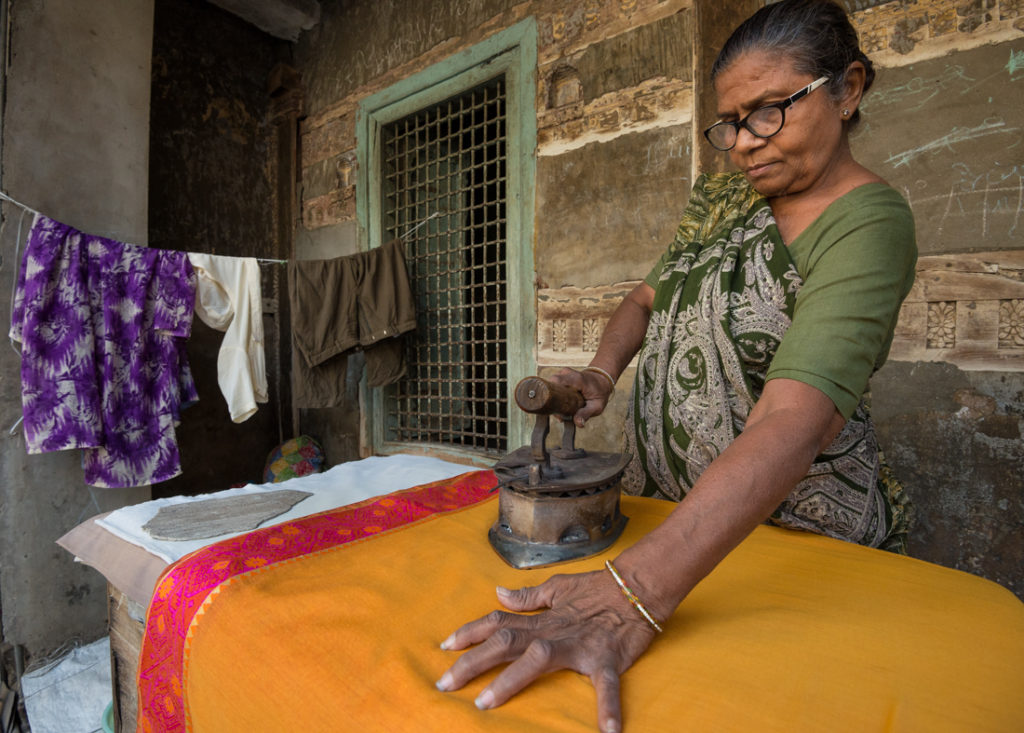
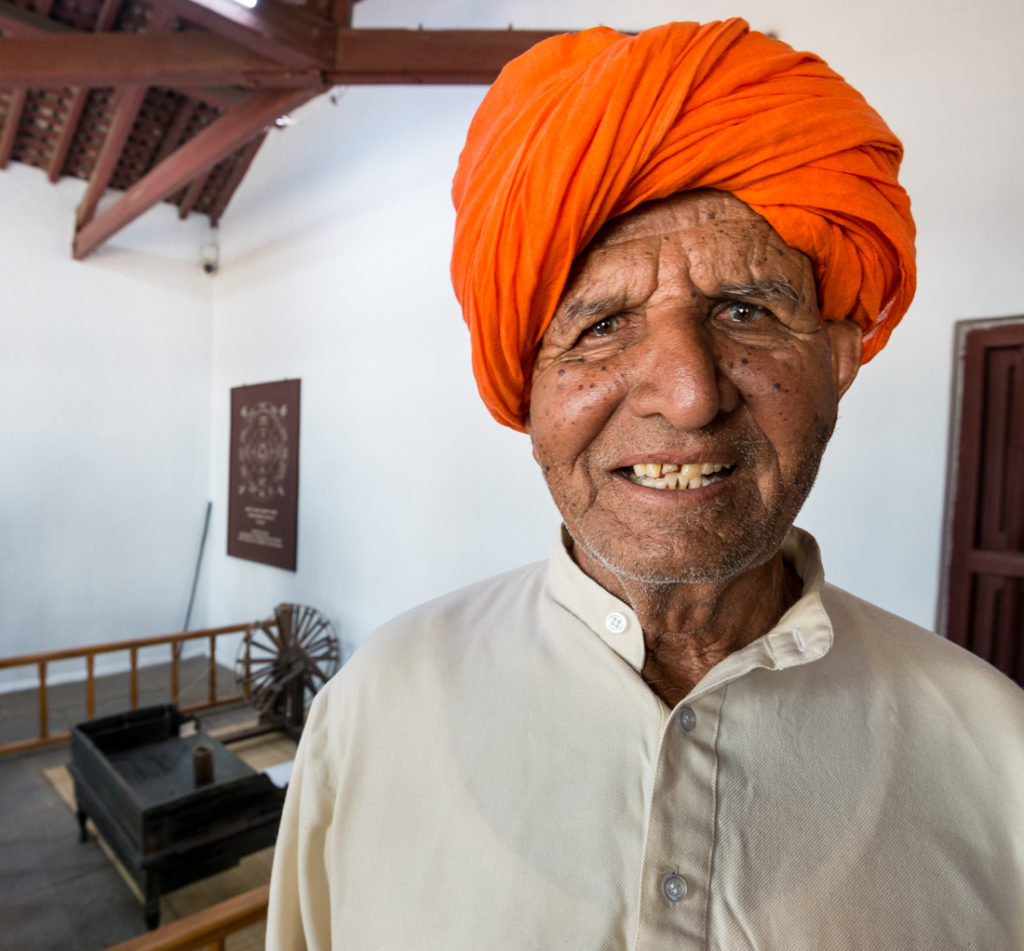
The elaborate theyyams and the fun elephant festival were highlights from the Kerala, India. But even ordinary, day-to-day life there is worth a look.
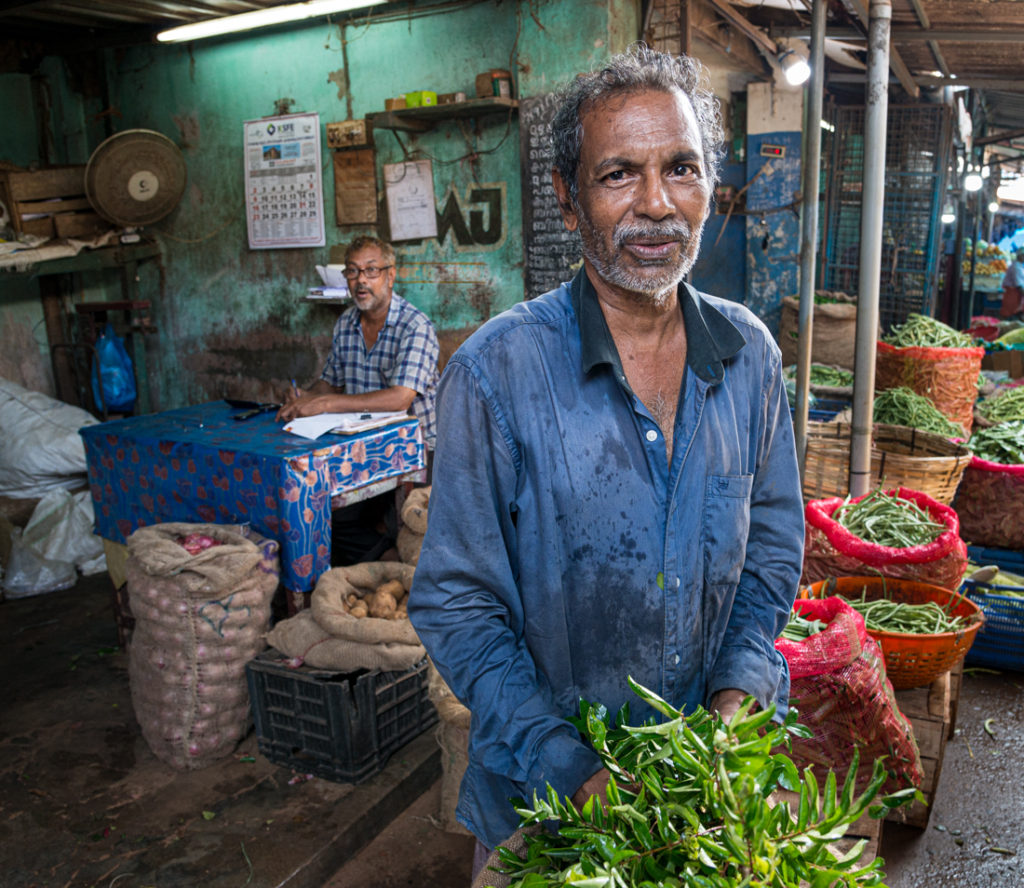
Kerala is a tropical Indian state that stretches along the coast of the Laccadive Sea (in the Indian Ocean) in southwest India. It’s smaller than West Virginia, with a population almost as big as California. Almost everyone speaks Malayalam as their primary language, but as in most of India, the most common second language is English. Only about half of Keralans are Hindu; a quarter are Muslim and about 18% are Christian. More than half the population works in agriculture and fishing, but the biggest single source of income may be sending millions of educated Keralans to work in other countries and send money back to their families.
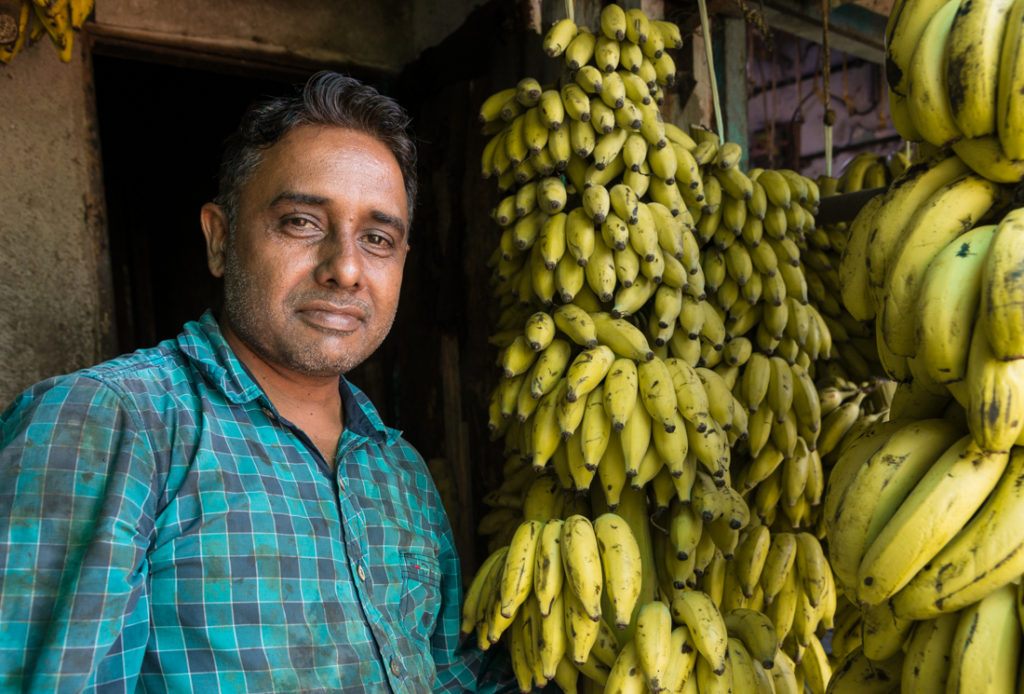
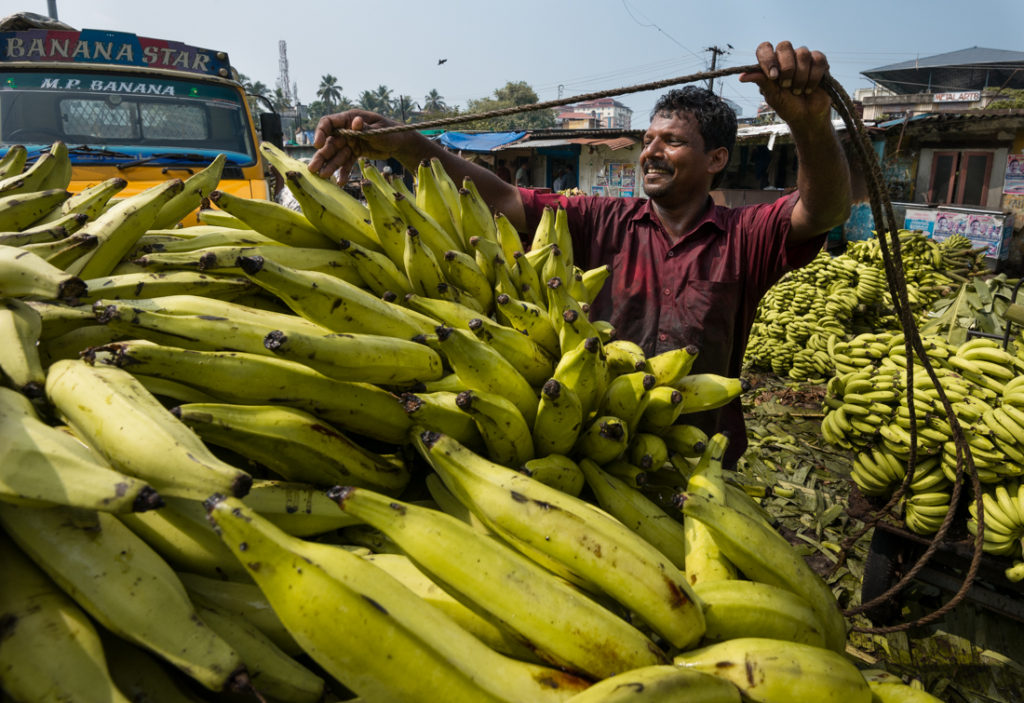

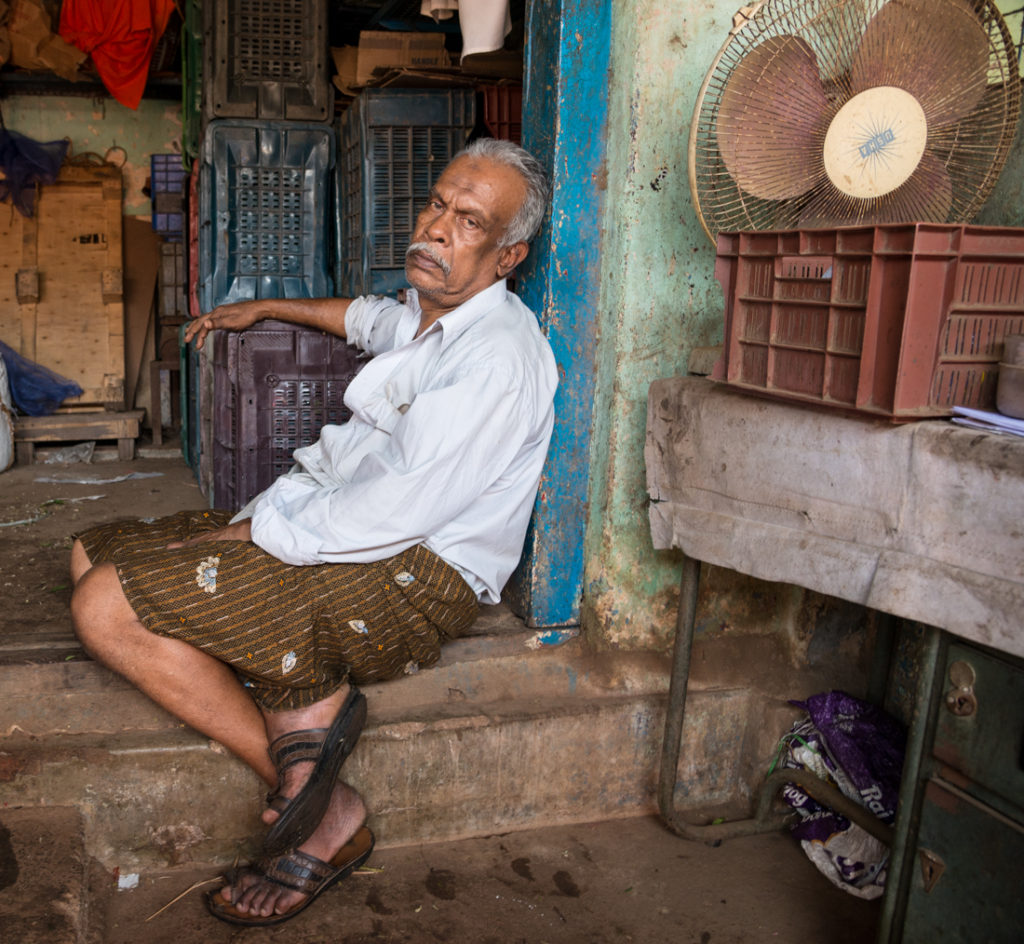
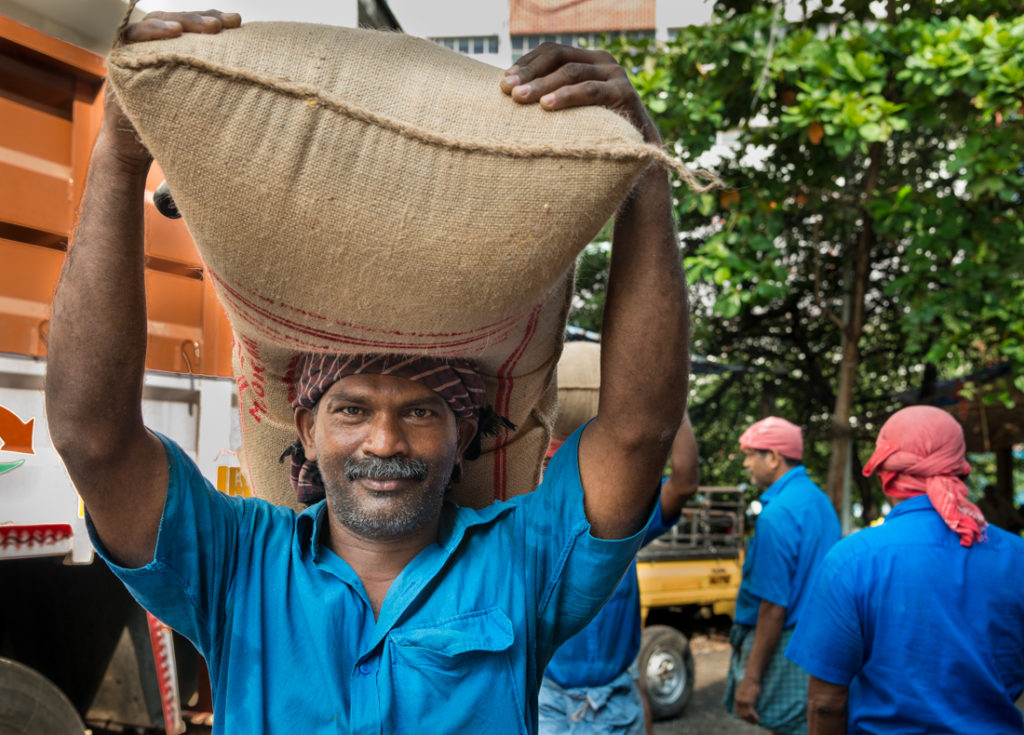
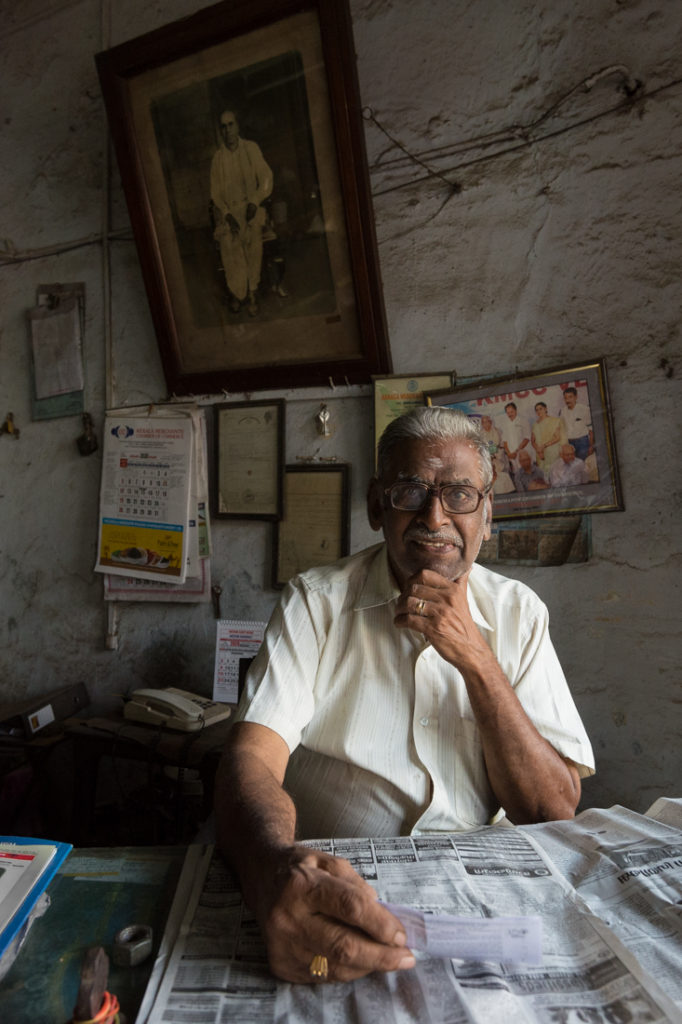
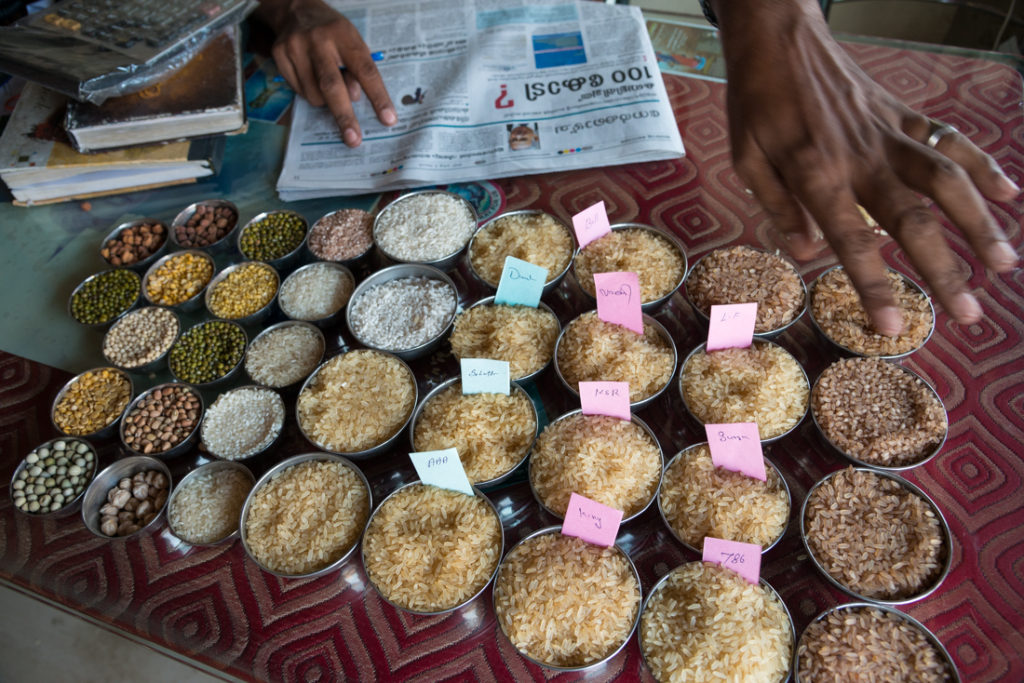
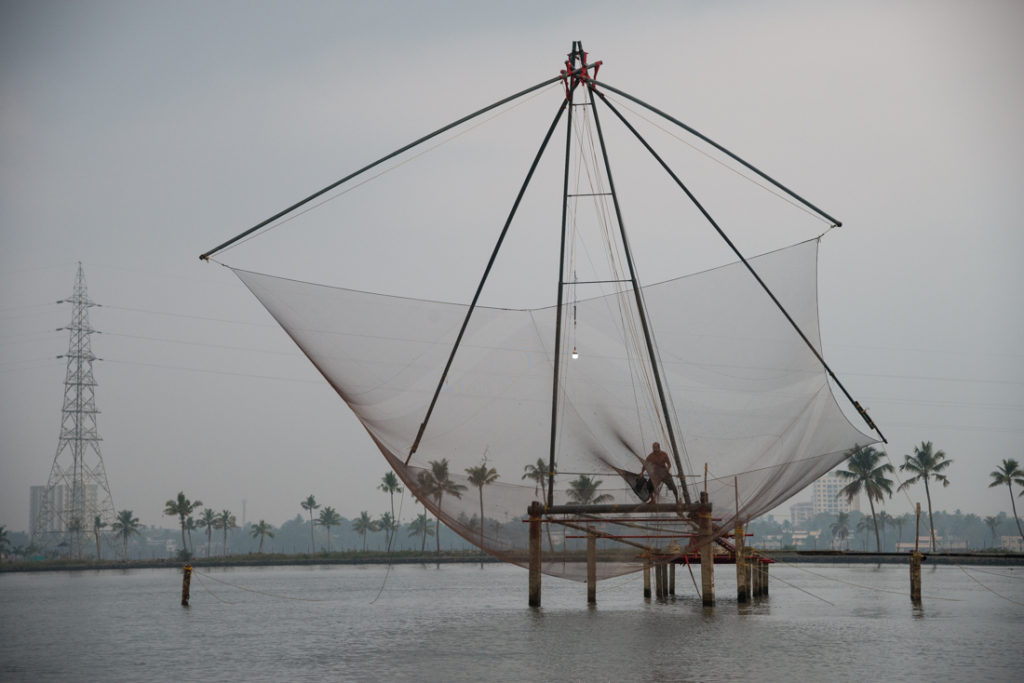
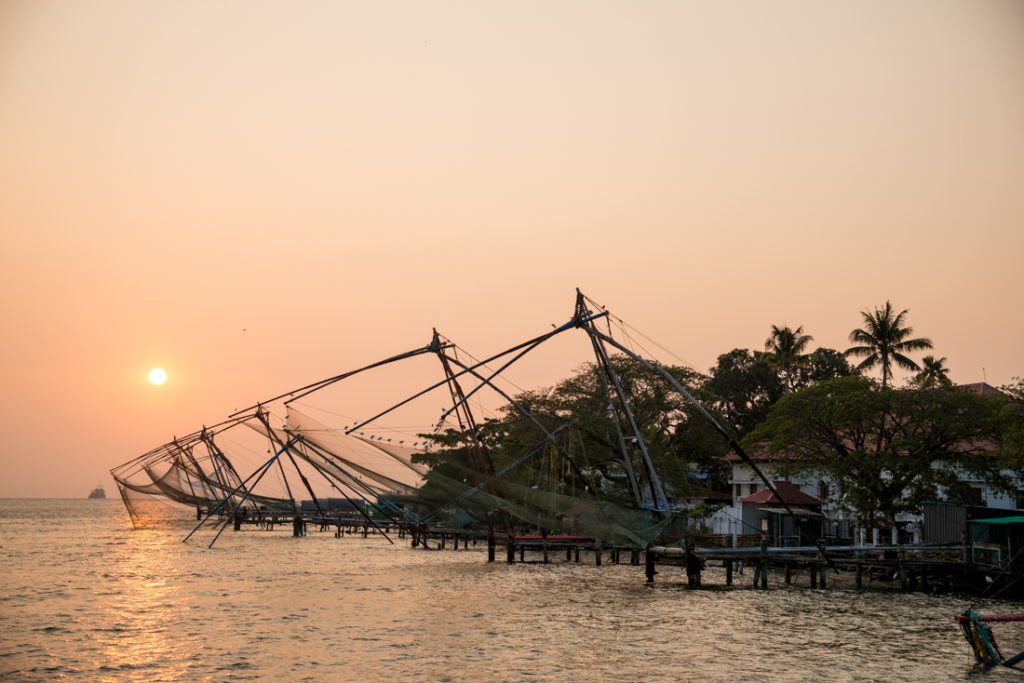
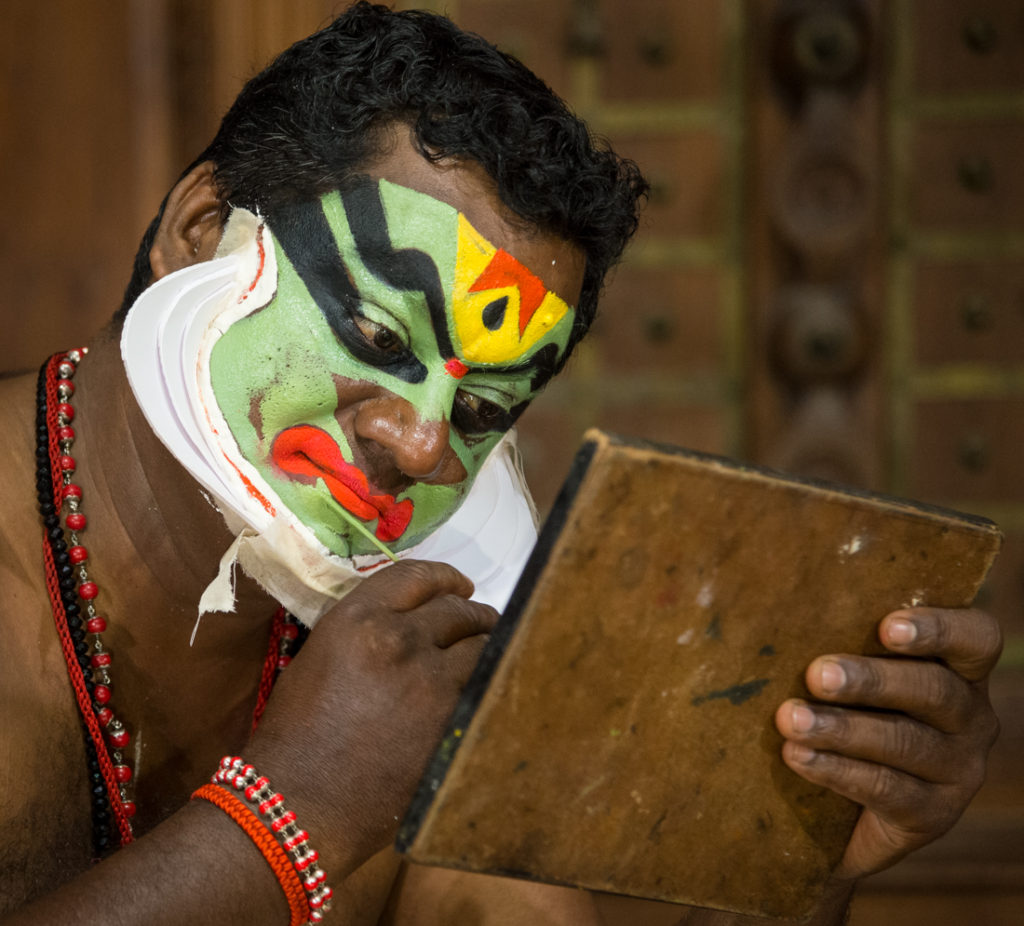
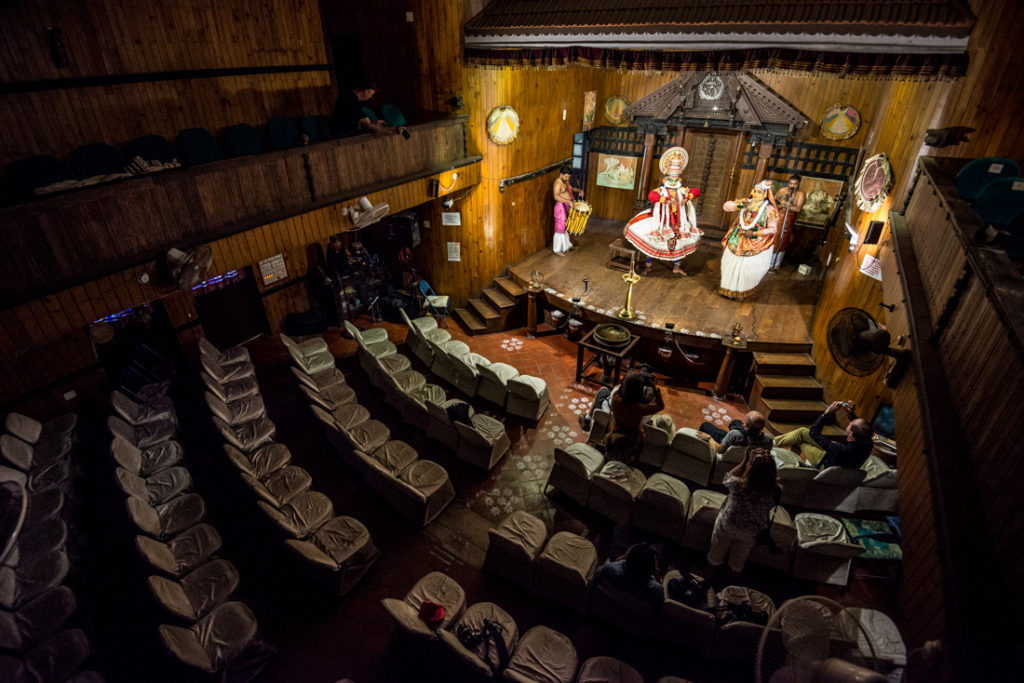
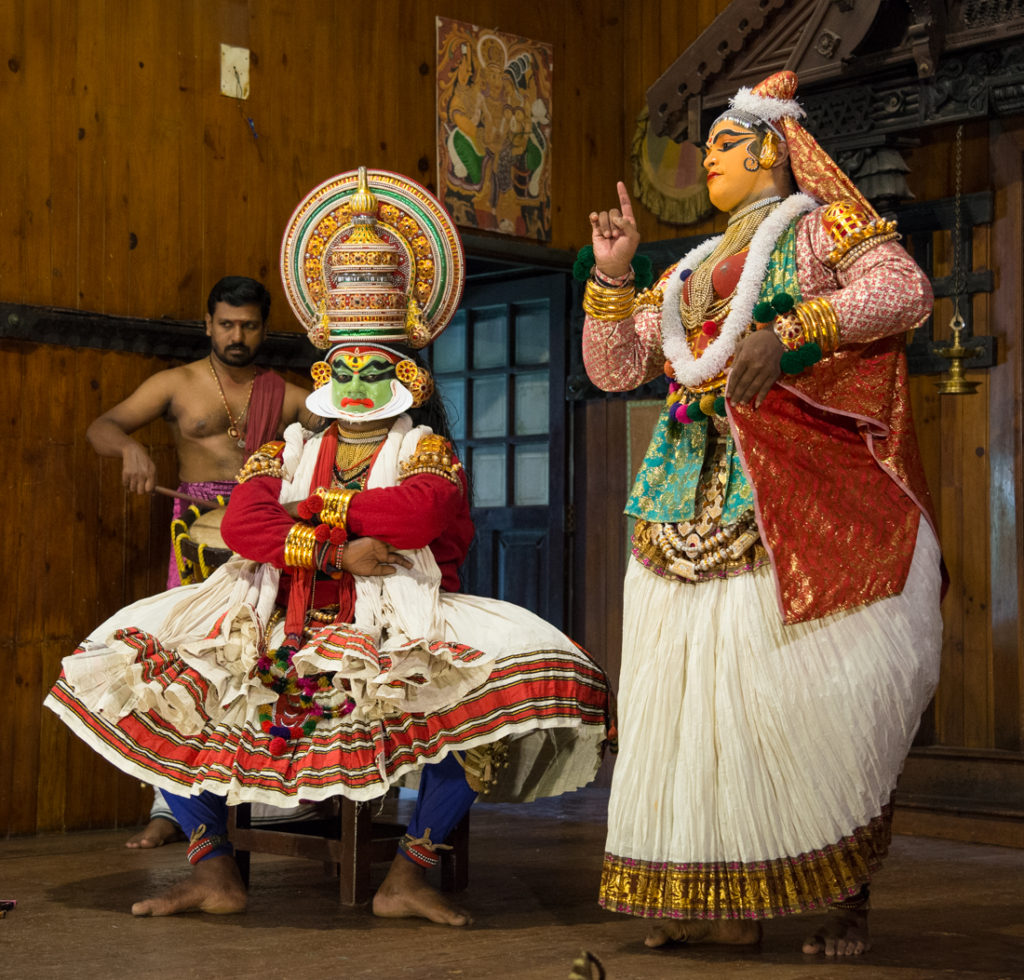
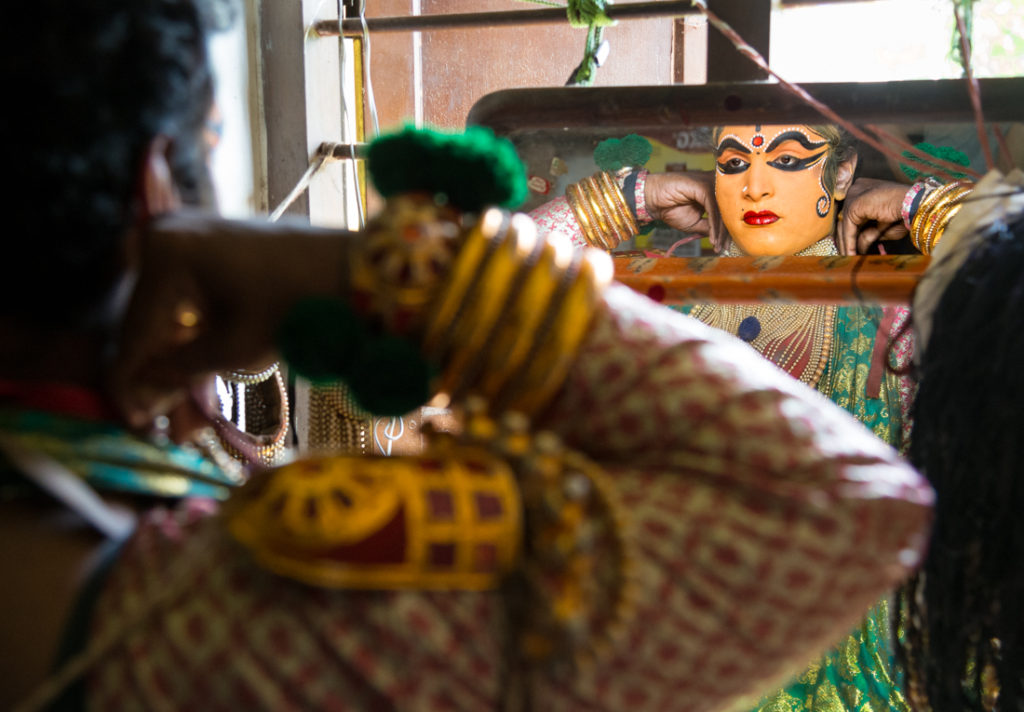
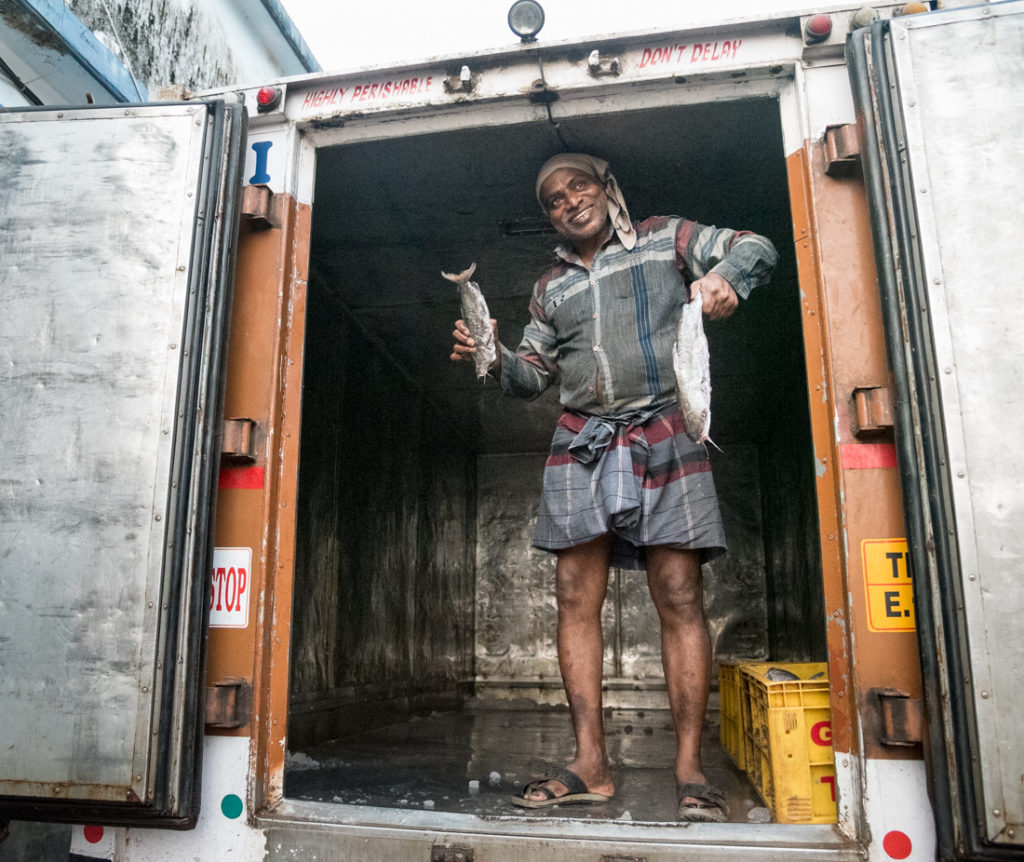
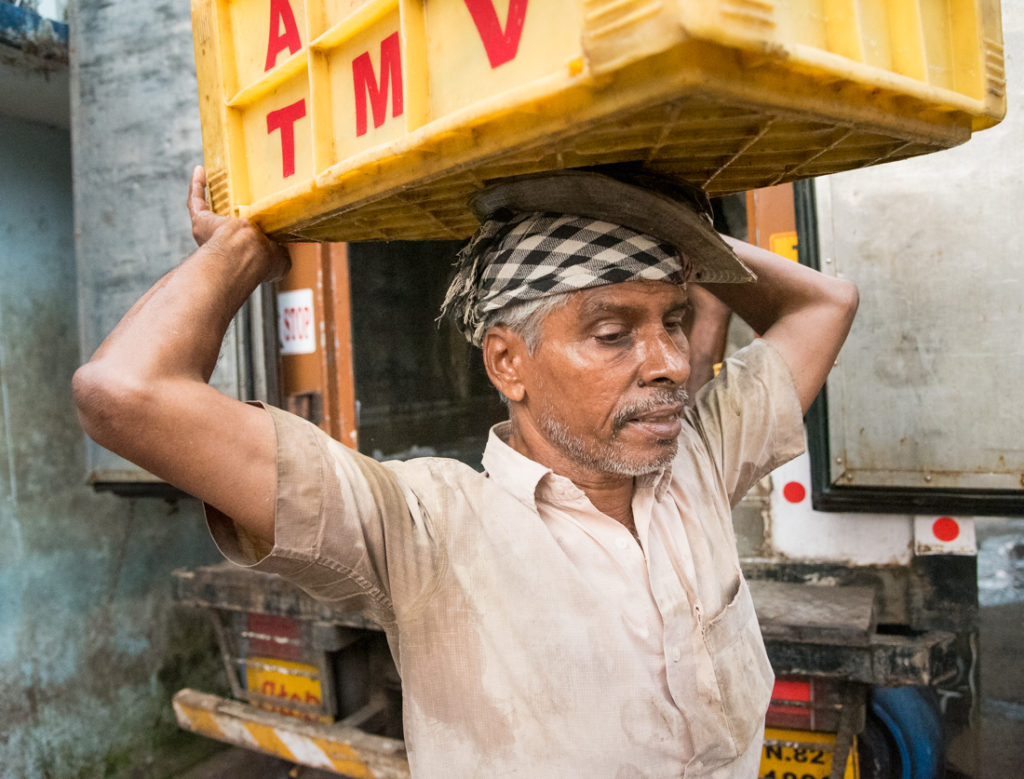
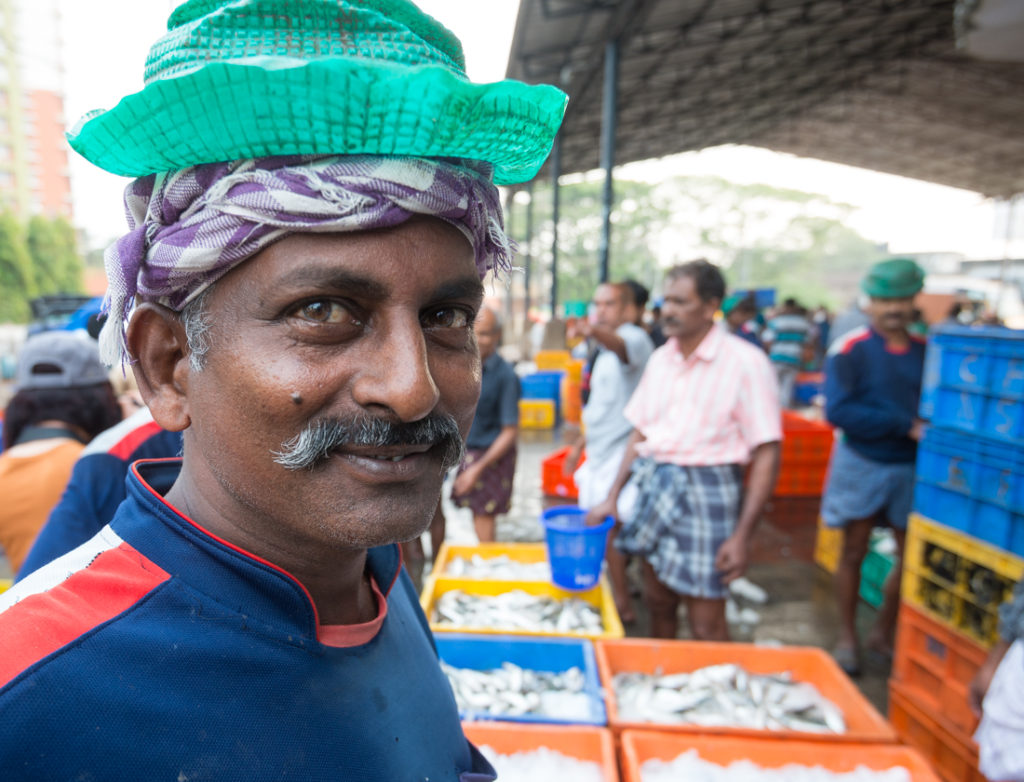
This was Year 7 for the Child Advocates Superheroes Run, and it was the best ever! We had at least 1200 runners, parents and volunteers out at CityCentre, and raised over $150,000 to support Child Advocates’ work helping abused and neglected kids in Harris County. A sincere thanks to everyone that made this happen.

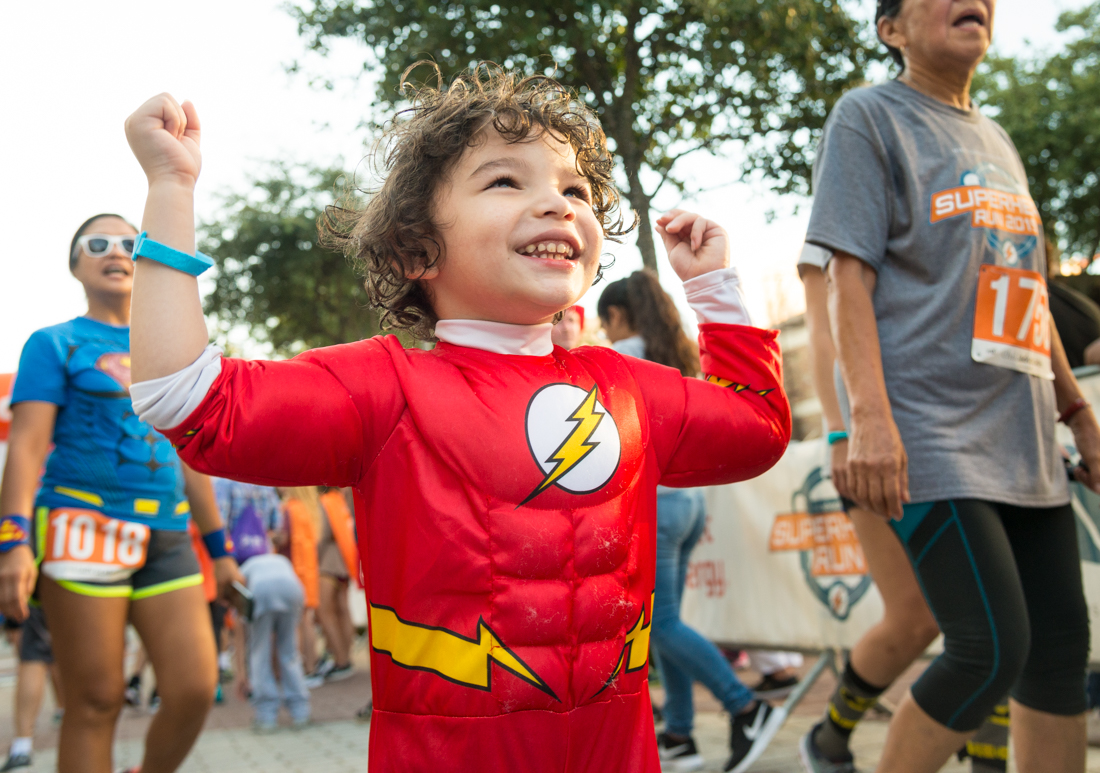
Child Advocates serves kids who have been taken from their homes due to suspected abuse or neglect. The volunteer Advocates guide, support, and comfort the kids, gather the facts, and work with the courts and the State to find permanent, safe solutions. CA Inc. recruits, trains and supports those volunteers.
My consistent pitch for Child Advocates as Houston’s best charity:
Our seven-year fundraising total is now at almost $1 million.
All our sponsors were recognized at the event, but this year I need to give a special ‘shout-out’ to some personal friends of mine who have generously and patiently supported Child Advocates (and me) in this event. Shane Merz, Mike Short, and Dru Neikirk at MRE Consulting are Founding title sponsors who have been with me all seven years. This event would never have gotten off the ground without them. Other “Amazing” Superhero sponsors (most of them also for all 7 years) are my friends Ned Barnett, Scott & Stacy Humphries, Jeff Kubin, Kim David (for Baylor College of Medicine), Reynolds Frizzell LLP, Gibbs & Bruns LLP, Sixfoot Studios, John Eddie & Sheridan Williams, and Grant & Elizabeth Harvey. I’m proud of that sponsor list.
Hayley Jaska (CAI Events Director) and Angie Henderson Parker (Race Director) are the true Superheroes of the Superheroes Run. I’m the ‘Chairman’ of the event, and in earlier years this meant I had a million things to do and lots of fires to put out. This year I was a little uneasy all morning because everything was going so smoothly I didn’t have much to do!!

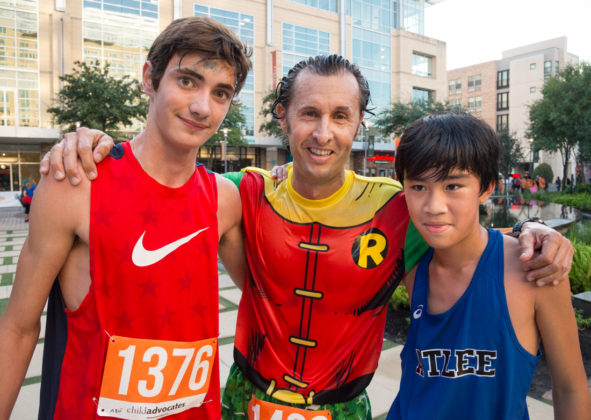
Our top 3 racers. I’m personally pleased to say that the winner (Mark Speets, center) was from the Men’s 50+ age group. Second and third place were Rylee Board (left) and Joshua Fong (right).
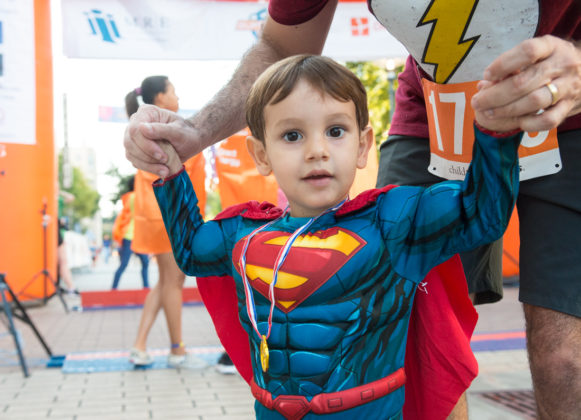
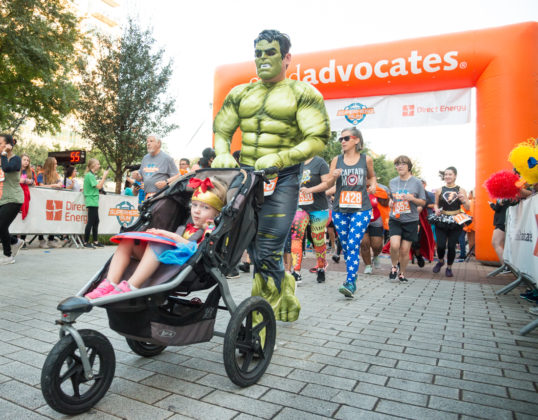
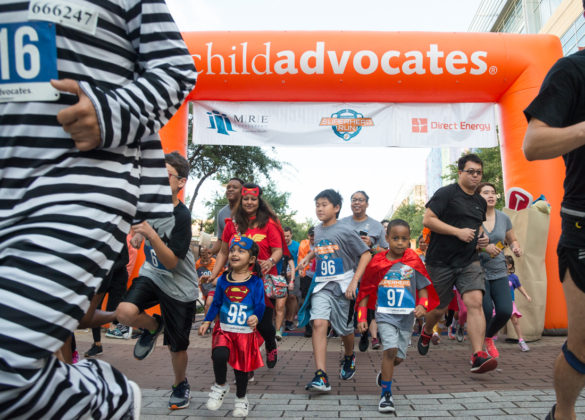


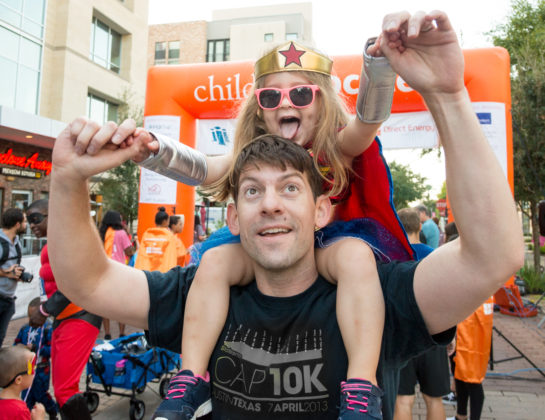
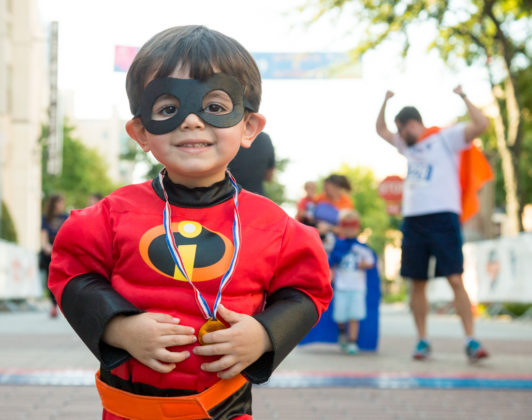
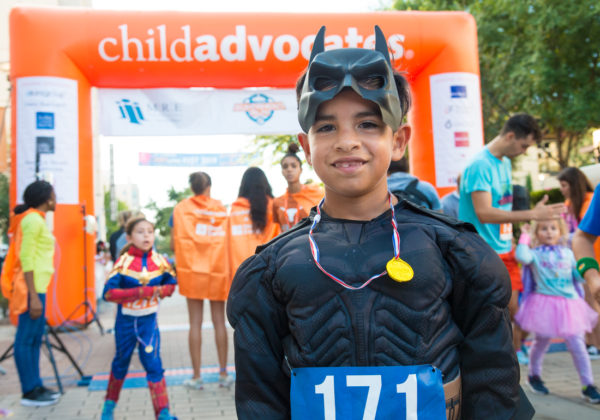
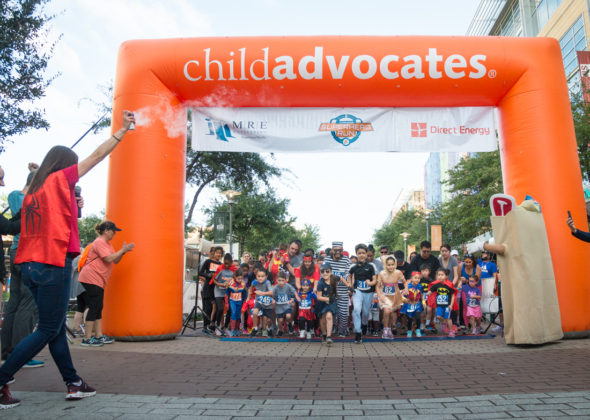
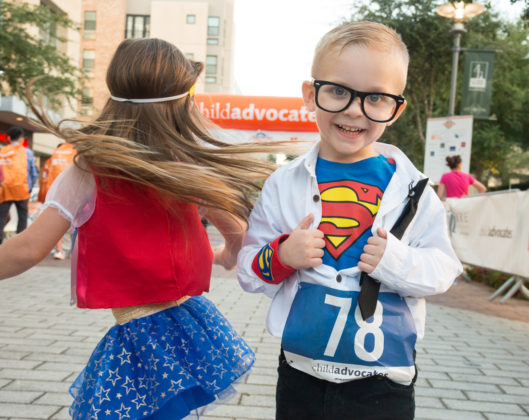

Big Bjorn Hagelmanm was our lead-out guide rider, showing the runners which way to go. Bjorn is the COO of Founding/Presenting Sponsor MRE Consulting.
This wasn’t a ‘serious’ photo expedition like some of my trips. This one was about sailing, biking and general sightseeing with a handful of friends, old and new. Just a few thoughts and a few pretty pictures to share . . . .
I always tended to think of Croatia and Slovenia as a lot more exotic and far away than European destinations like Italy or Austria or Greece. But it turns out that the foreign-sounding capital city of Ljubljana, Slovenia is just a couple of hours’ drive from either Venice, Italy or southern Austria. And the Croatian coast is just a hundred miles across the Adriatic from the east side of the “boot” of Italy. That geographic proximity gives a pretty good hint of what you’ll see when you’re sightseeing: pretty coastlines, tree-covered mountains, hillside vineyards, Mediterranean islands, and towns that are a couple of thousand years old.
Somehow the people of both countries (very similar to each other but with different languages) seemed familiar. Few would stand out in any American town, and I could imagine myself blending in almost entirely (lots of people with blue-green light eyes and Mediterranean skin). Though tourism is definitely getting more popular here, it’s new and small enough that the people are happy to see and welcome visitors.
I spent one week on a sailboat off the Croatian Coast near Split, and the next on a bicycle going in and out of Slovenia, Italy, and Croatia. Both were great trips with the good company of mostly new friends and my long-time colleague and law firm partner Grant Harvey. Grant and I worked together then retired from the same Houston law firm, and he rides bikes, flies airplanes, and enjoys travel photography, so we’ve always got lots to talk about. And we occasionally agree on something political! Occasionally.
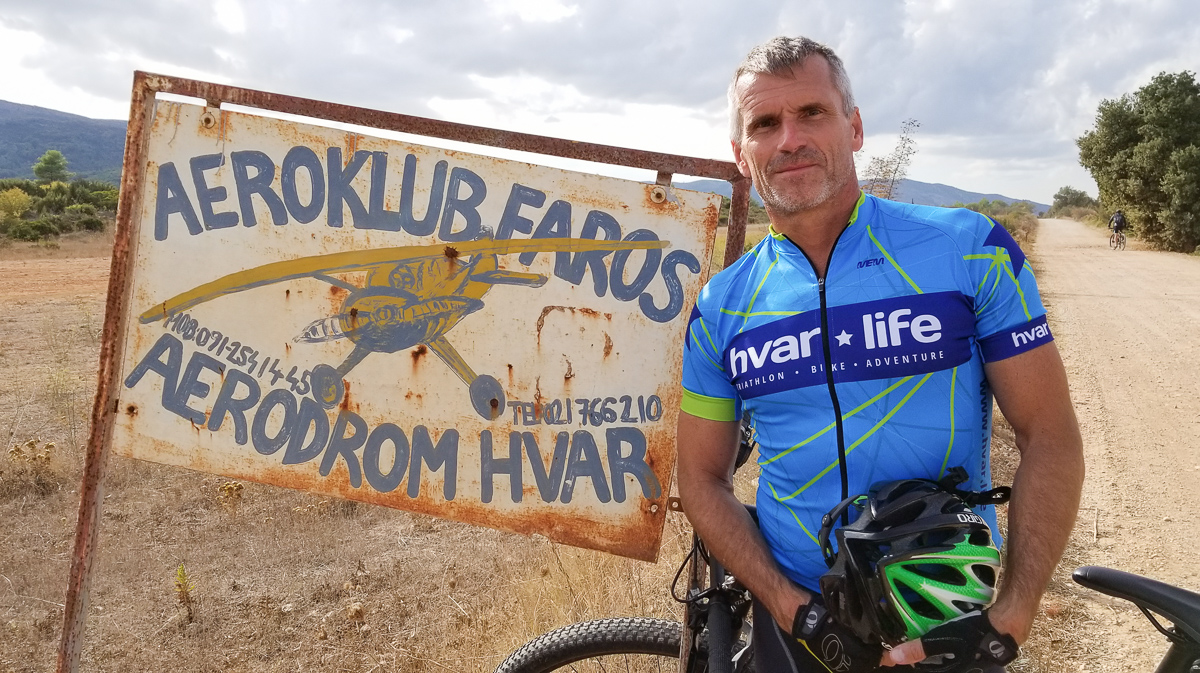
This was a little gravel landing strip on the island of Hvar, Croatia. (No, I did not fly there! and yes, I resisted the strong temptation to steal that sign.)
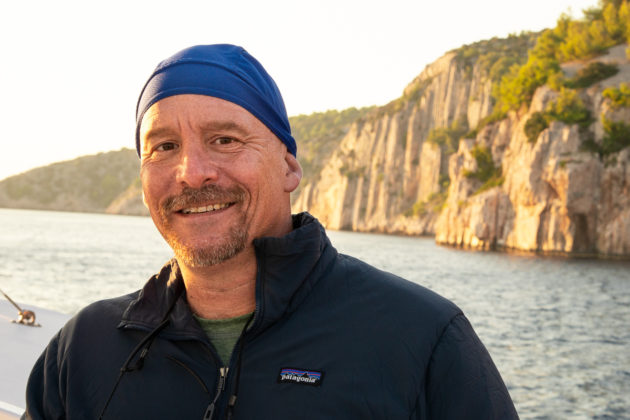
Grant Harvey, my very good friend for the last 25 years or so. Grant organized this trip, so I’m in his debt. This is him on our chartered sailboat, somewhere between Split and Hvar Croatia.
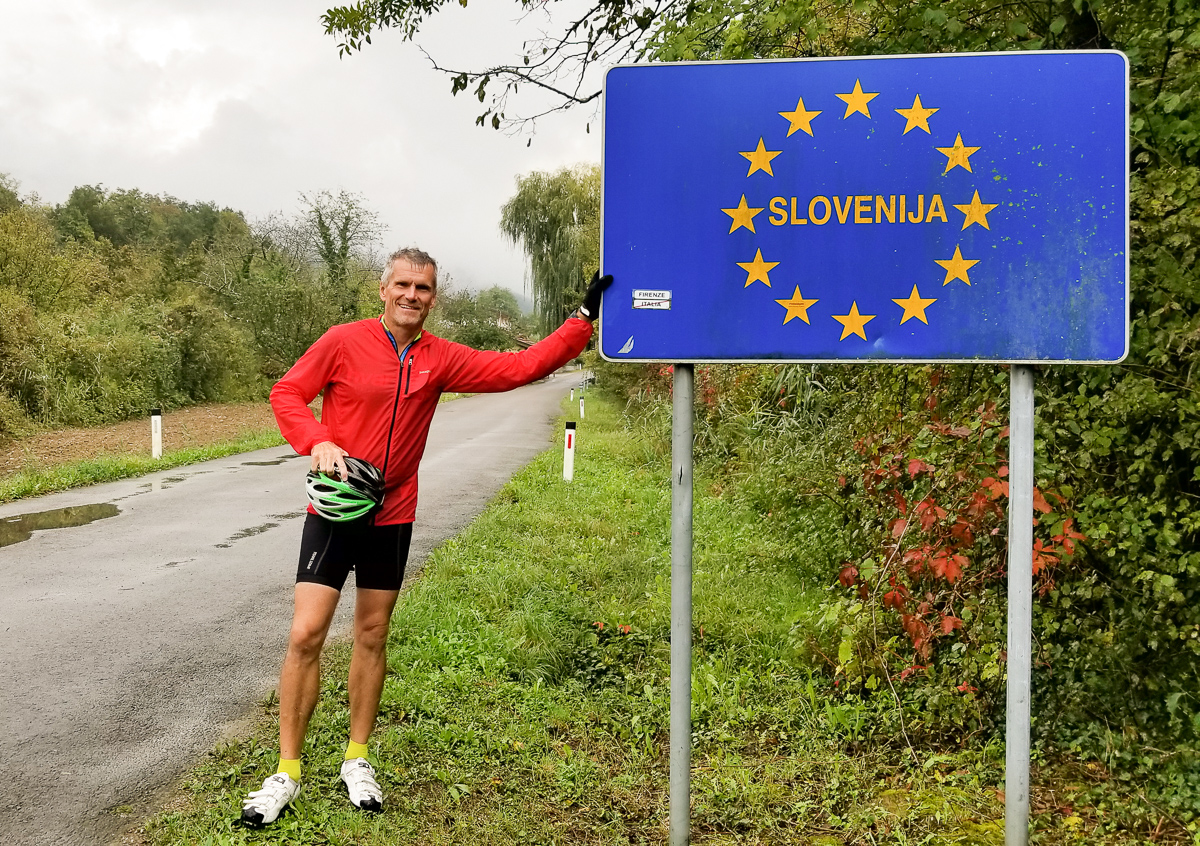
The biking went in and out of Slovenia, Italy, and Croatia. Croatia is a member of the EU, but somehow I still needed my passport even for a bike ride.
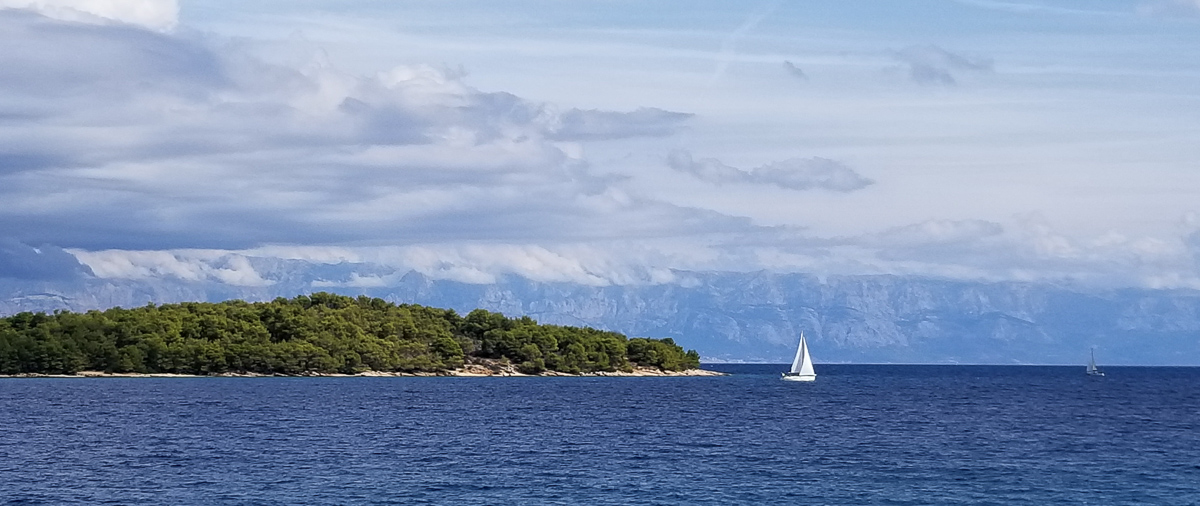
Sailboats off the Croatian Coast, near Split. Croatia is an extremely popular sailing destination. Even in the ‘off’ season when I was there, I could sometimes see 100s of other sailboats at sea.
The gallery here includes a shot of an old Russian submarine “garage” and hideout – a reminder of my Cold War youth and of times when we had a different view of this part of the world. That horse in the bad selfie with me is one of the Lipizzaner stallions at their home in Lipica, Slovenia. Almost all of them are white; the handful of black ones are genetic celebrities. The ancient Roman looking stuff is ancient Roman stuff: at the fourth-century “palace” of Roman emperor Diocletian, and (with me) the colosseum at Pula. That odd statue in the last image is a truffle, in the Istrian truffle region of Slovenia.

